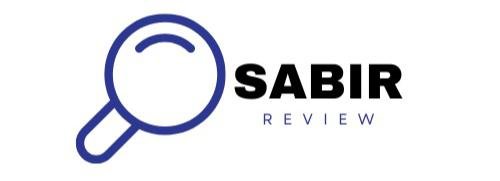
Understanding Formative Assessment
Formative assessment is designed to inform instruction and help students understand their learning progress. It enables educators to identify areas where students may struggle and adjust teaching methods accordingly. The goal is to improve student outcomes and foster a growth mindset.
25 Effective Formative Assessment Strategies
1. Exit Tickets
At the end of a lesson, have students submit a brief response to a question or prompt. This allows you to gauge their understanding and adjust future lessons.
2. Think-Pair-Share
Encourage students to think about a question, discuss it with a partner, and then share their insights with the class. This promotes engagement and helps clarify concepts.
3. Quick Polls
Use technology or simple show-of-hands polls to assess understanding in real-time. This can help you adjust your lesson on the spot.
4. Learning Journals
Have students maintain journals where they reflect on their learning experiences, challenges, and questions. This can provide insight into their thought processes.
5. Peer Teaching
Allow students to teach a concept to their peers. This reinforces their understanding and highlights areas that may need further clarification.
6. Concept Maps
Ask students to create visual representations of their understanding of a topic. Concept maps can reveal how well they connect different ideas.
7. One-Minute Papers
At the end of a class, have students write a brief response to a prompt about what they learned and what questions they still have. This provides immediate feedback on comprehension.
8. Self-Assessment Checklists
Create checklists for students to evaluate their own understanding and progress. This encourages self-reflection and accountability.
9. Classroom Observations
Monitor student interactions and participation during group work or discussions. Take notes on their engagement and understanding to inform your teaching.
10. Interactive Quizzes
Use online platforms to create quizzes that provide instant feedback. This helps students identify areas for improvement in real-time.
11. Group Discussions
Facilitate small group discussions on key concepts. Listen to their conversations to assess understanding and guide future instruction.
12. Learning Stations
Set up different stations with activities related to the lesson. Rotate students through the stations to observe their engagement and mastery of concepts.
13. Feedback Loops
Encourage students to provide feedback to each other on assignments. This promotes collaboration and critical thinking.
14. Socratic Seminars
Conduct seminars where students discuss a topic in depth. Their participation and insights can help you gauge their understanding.
15. Digital Portfolios
Have students create digital portfolios showcasing their work and progress. This allows for ongoing reflection and assessment.
16. Visual Displays
Use posters or charts to visualize key concepts. Ask students to explain their work, which can reveal their depth of understanding.
17. Mystery Questions
Present a challenging question related to the lesson and allow students to brainstorm potential answers. This encourages critical thinking and discussion.
18. Feedback Sandwiches
Teach students to give feedback in a structured way: start with a positive, provide constructive criticism, and end with another positive. This method fosters a supportive learning environment.
19. Kahoot! or Quizizz
Utilize game-based learning platforms to create fun, interactive quizzes that engage students while assessing their knowledge.
20. Guided Practice
Incorporate guided practice sessions where you provide immediate feedback on student work, helping them understand mistakes in real-time.
21. Questioning Techniques
Use open-ended questions during lessons to encourage critical thinking and assess understanding. Tailor your questions based on student responses.
22. Observation Checklists
Create checklists to monitor specific student behaviors or skills during lessons, allowing for targeted feedback.
23. Reflection Prompts
Encourage students to respond to specific prompts that guide their reflections on what they learned and how they can improve.
24. Mind Mapping
Use mind maps as a collaborative tool for students to visualize their understanding of a topic, facilitating discussion and feedback.
25. Performance Tasks
Design real-world tasks that require students to apply their knowledge and skills. Evaluate their performance to provide actionable feedback.
Conclusion
Formative assessment plays a crucial role in the educational process, helping educators tailor their teaching to meet student needs while fostering a culture of continuous improvement. By implementing these 25 strategies, teachers can enhance student learning, provide meaningful feedback, and create a more dynamic classroom environment. Embracing formative assessment not only benefits students but also supports teachers in their professional growth as reflective practitioners.
